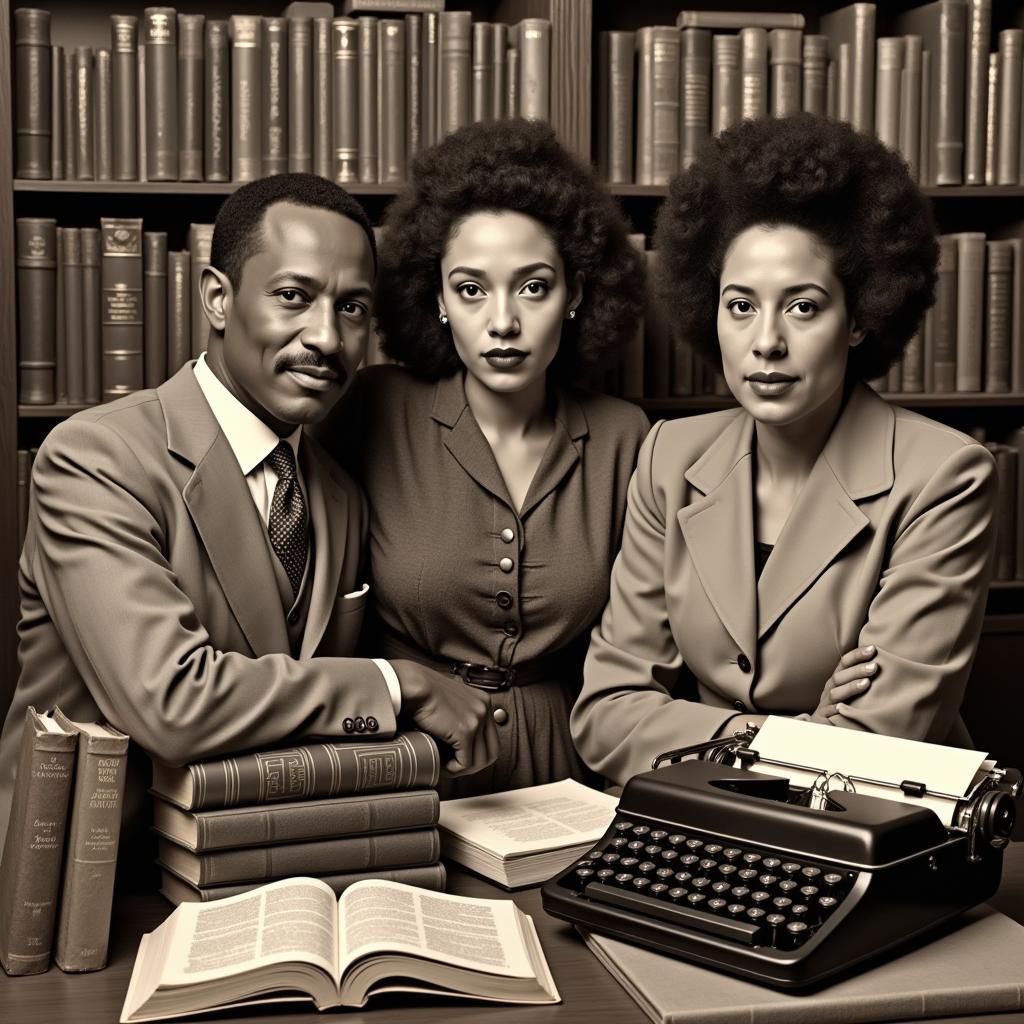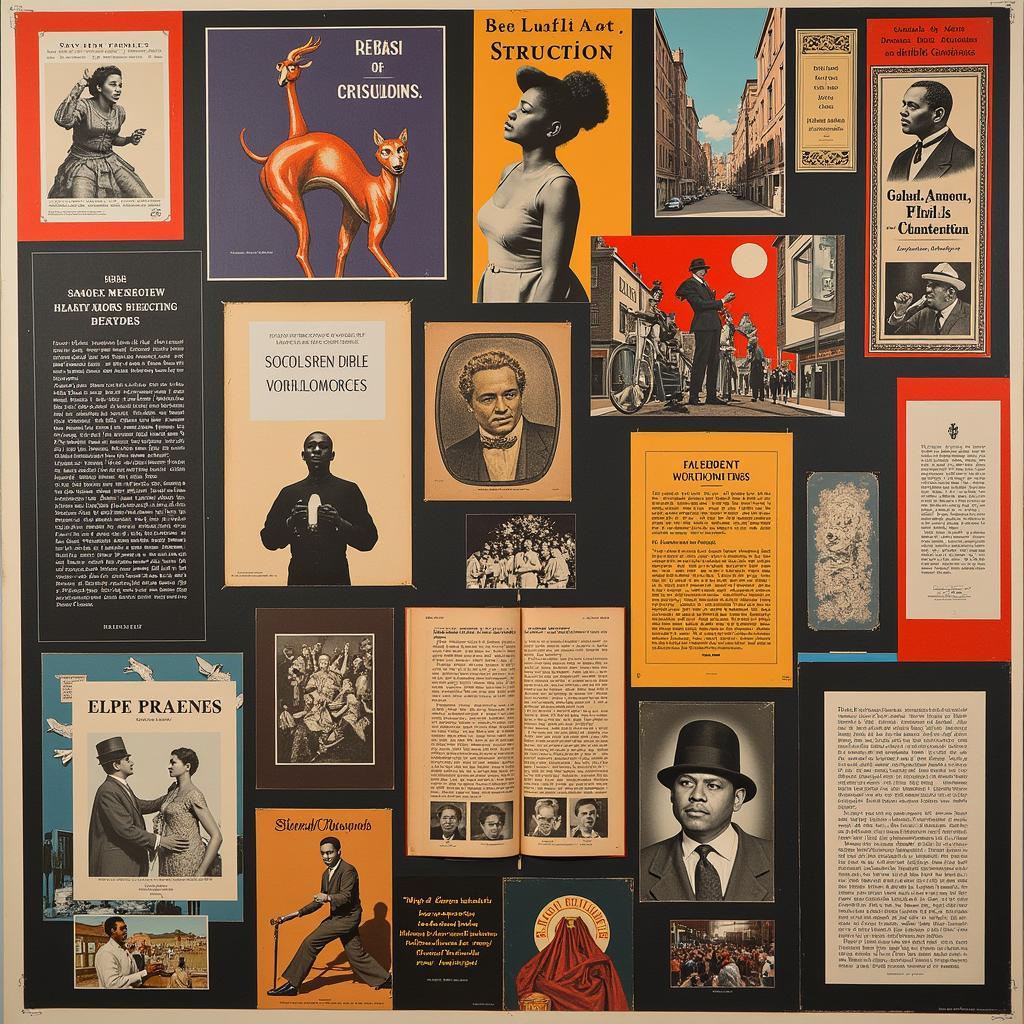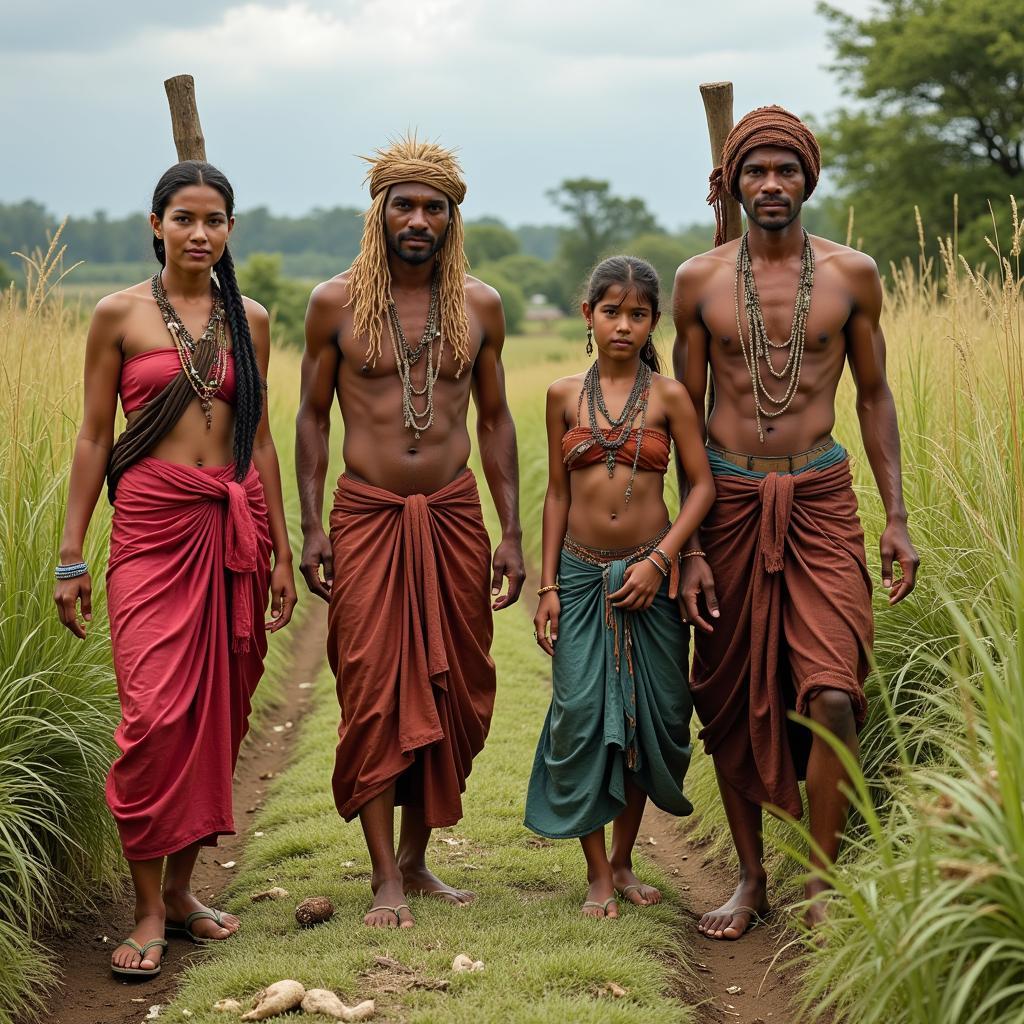Exploring African American Culture and the Harlem Renaissance
The Harlem Renaissance, a vibrant period of artistic and intellectual explosion in the 1920s and 1930s, is deeply intertwined with African American culture. This era witnessed a flourishing of literature, music, art, and political thought, shaping the identity and voice of African Americans for generations to come. This article delves into the rich tapestry of African American culture during the Harlem Renaissance, examining its key figures, themes, and lasting impact.
The roots of the Harlem Renaissance can be traced back to the Great Migration, where millions of African Americans moved from the rural South to urban centers in the North, seeking better opportunities and escaping the pervasive racism of the Jim Crow era. Harlem, a neighborhood in New York City, became the epicenter of this cultural awakening. Check out more on African American culture essay. This influx of talent and creativity fostered a sense of community and shared experience, leading to an unprecedented outpouring of artistic expression.
The Flourishing of Literature and Poetry
The Harlem Renaissance witnessed the emergence of literary giants who gave voice to the African American experience with eloquence and power. Figures like Langston Hughes, Zora Neale Hurston, and Claude McKay explored themes of identity, racism, and the search for belonging in their works. Their poetry and prose captured the complexities of life in Black America, challenging stereotypes and celebrating the resilience and beauty of their culture.
What were the major themes in Harlem Renaissance literature? Themes of racial pride, social injustice, and the search for identity dominated the literary landscape of the era. Writers sought to reclaim their narratives and portray the richness and diversity of African American life.
 Key Literary Figures of the Harlem Renaissance
Key Literary Figures of the Harlem Renaissance
The Power of Music and Jazz
Music played a central role in the Harlem Renaissance, with jazz becoming the defining sound of the era. Legendary musicians like Duke Ellington, Louis Armstrong, and Bessie Smith captivated audiences with their innovative and soulful performances. Jazz clubs like the Cotton Club became hubs of social and cultural exchange, attracting both Black and white audiences. Learn about African American writers and poets.
How did jazz influence the Harlem Renaissance? Jazz became a symbol of African American creativity and cultural pride, influencing not only music but also other art forms like dance and literature. Its improvisational nature reflected the spirit of experimentation and liberation that characterized the era.
The Impact of Visual Arts
Visual artists like Aaron Douglas and Augusta Savage captured the essence of the Harlem Renaissance through their powerful paintings and sculptures. Their works often explored themes of African heritage, racial identity, and the struggles and triumphs of Black Americans. They challenged conventional artistic norms and created a unique visual language that reflected the cultural and political climate of the time. The African American Art Museum Boston offers a deeper look into this artistic legacy.
What were the main themes explored in Harlem Renaissance art? Themes of African heritage, racial pride, and the everyday experiences of Black Americans were central to the visual arts of the Harlem Renaissance.
The Legacy of the Harlem Renaissance
The Harlem Renaissance left an indelible mark on African American culture and the broader American landscape. It paved the way for the Civil Rights Movement and continues to inspire artists and activists today. The era’s emphasis on self-determination, cultural pride, and artistic expression remains a powerful force in shaping conversations about race, identity, and social justice. Find more information on the African American Poet Laureate.
 The Enduring Legacy of the Harlem Renaissance
The Enduring Legacy of the Harlem Renaissance
Conclusion
The Harlem Renaissance represents a pivotal moment in African American culture, showcasing the extraordinary artistic and intellectual achievements of a generation. This era’s legacy continues to resonate today, reminding us of the power of art, culture, and collective action to challenge injustice and shape a more equitable future.
FAQ
- What was the Harlem Renaissance?
- Who were some of the key figures of the Harlem Renaissance?
- What were the main themes explored during the Harlem Renaissance?
- How did the Harlem Renaissance impact American culture?
- What is the legacy of the Harlem Renaissance today?
- Why was Harlem the center of the Renaissance?
- How did the Great Migration influence the Harlem Renaissance?
Other Related Questions
- What were the major political movements during the Harlem Renaissance?
- How did women contribute to the Harlem Renaissance?
Further Exploration on African Life
- Check out our article on the impact of African music on global culture.
- Explore our resources on African literature and storytelling traditions.
Need support? Contact us at Phone: +255768904061, Email: kaka.mag@gmail.com, or visit us at Mbarali DC Mawindi, Kangaga, Tanzania. We have a 24/7 customer service team.
